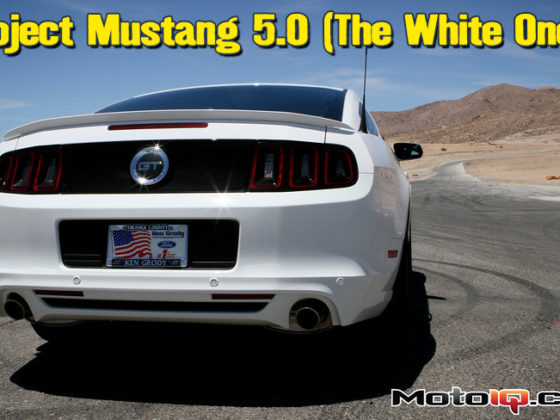,

Here’s the tread made on my driveway by another car on Goodyear Eagle GT All-seasons.

While it looks like it’s doing okay in the previous picture, checkout how the snow starts to pack on itself on the tire, causing the tire to lose its grooves and, thus, lots of its grip.

Hankook Ventus V4 all-seasons on the same driveway…(told ya we had people over!). Like the other larger-blocked all-season tires, they're getting through a little bit of snow, but simply mashing down the rest.

And last, here's a comparison of our Xi3 (right) versus the tread left by a Yokohama all-season tire. It doesn’t look like a huge difference. In fact, it may even look like the large blocks on the left do fine, but so much snow is left. Now look at the difference on the right. Notice how much more snow is missing? You can even start to see the color of the of the driveway after this slow speed, rolling test.
Something worth mentioning is that I've performed similar snow-tire tests with a couple of other cars, one of them being an E36 BMW M3. Not only was it rear-wheel-drive, but its traction control was permanently disabled due to the large, free-flowing intake boost from BimmerWorld.
On the snow, the snow tires were a night-and-day difference versus the same car on summer tires, providing a whopping 305 foot difference from 0-30-0 (10mph slower than today's test), with over 180 feet of it from the 30-0 braking alone. It was the wife-'s previous baby hauler (when we had 2 kids instead of 3), and she could barely tell there was ever snow on the ground. But the reason I mention this is that I also noticed a huge difference in traction—to the advantage of the snow tire—in dry weather winter temperature conditions as well! A low-speed, 2nd gear rip would cause all types of wheel spin, but the snow tires would hook up.
It wasn't until the weather was over 40F that the M3's summer tires started to feel a little better in dry weather conditions. That said, winter tires aren't just meant for the snow but also dry weather conditions. In fact, some manufacturers recommend snow tires at anything below 42F.
 This just in! Just hours before this article went live, we got to perform a last-minute test against a similar-weight Subaru Legacy Outback on all-season tires. How do you think the MPV did against this AWD snow carver? Find out on the next page!
This just in! Just hours before this article went live, we got to perform a last-minute test against a similar-weight Subaru Legacy Outback on all-season tires. How do you think the MPV did against this AWD snow carver? Find out on the next page!

